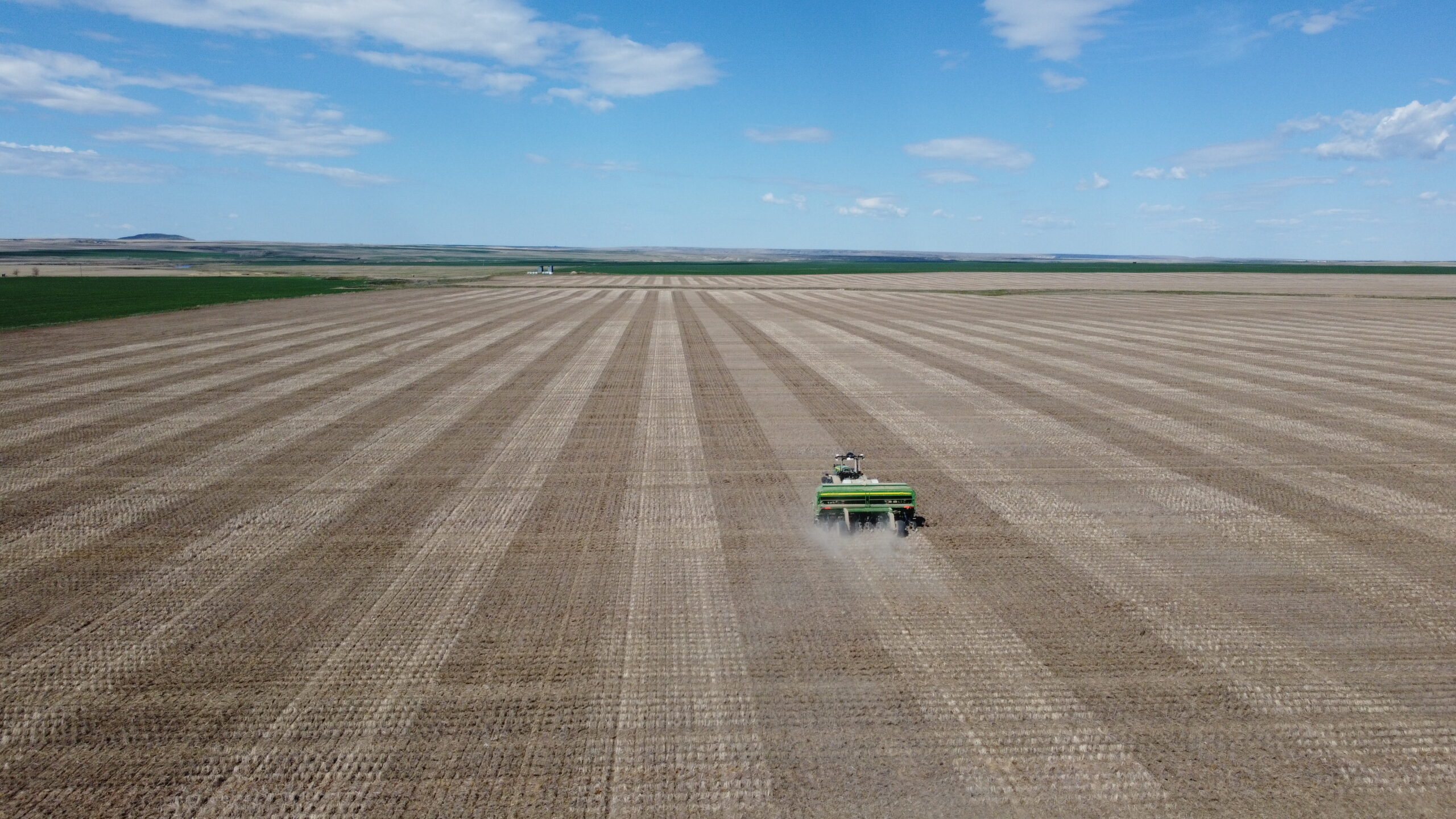
Alternating row patterns emerge as the Sabanto Autonomy System drills wheat. Source: Sabanto
Introduction
When spring arrived, the team was prepared to put the Sabanto Autonomy System through its paces in a real-world seeding operation. The objective was clear: identify challenges, measure performance, and demonstrate that autonomous technology can match performance with traditional seeding methods.
Start of the Season
Seeding operations began at Yirsa Farms in mid-April. The Sabanto Autonomy System covered 872 acres, logging 113.5 operating hours. Average speed held steady at 4.74 mph, with peak efficiency reaching nearly 9 acres per hour on headland passes.
Field Performance
A consistent 5 mph pass speed and 4 mph turn speed allowed the system to cover about 8 acres per hour while maintaining uniform seed depth.
Challenges
While the system proved capable, field deployment wasn’t without challenges, each offering valuable lessons in real-world autonomy.
Proven Potential
Despite minor setbacks, the system performed extremely well, demonstrating that autonomy isn’t about perfection but resilience. With each pause, the team responded, adapted, and moved forward. By the end of the run, what began as a retrofit experiment had proven itself a legitimate, scalable alternative to traditional big iron.
We’d love to have you join our monthly newsletter list.
We promise not to overwhelm you — we share how autonomy is changing agriculture. Along the way, you’ll get to know our customers, the team we’ve assembled at Sabanto, and the groundbreaking things we’re accomplishing at farms across the country and beyond.
To get on the list, sign up below 👇
